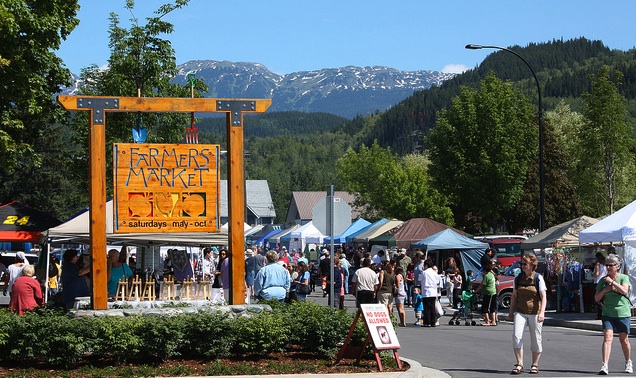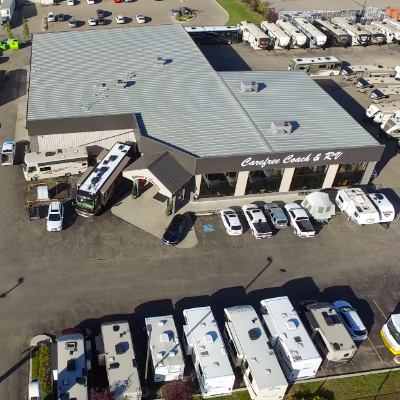The Okanagan of the north
Terrace is the farthest point north in B.C. where fruit trees can grow

Terrace is the farthest point north in British Columbia where fruit trees can be grown. In fact, the Skeena Valley was once known as the Okanagan of the north.
According to Charles Claus, owner of River Mist Farm in Terrace, the area was considered the breadbasket of the northwest, starting with the first pioneers who grew rhubarb, raspberries, strawberries, potatoes and cabbage. Today, Terrace has the widest range of fruit and berry crops this far north in North America.
The reason for this bounty is the town’s unique climate and geography. The area has a combination of coastal marine and interior continental climates. Terrace is also situated at the point where several valley systems come together. As a result, weather systems come from the west and south causing moist, warmer winters and sustained highs in the other three seasons that bring heat.
“We’re much hotter here (than nearby regions),” said Claus.
Agriculture was the main industry in the region until the 1950s when logging took over, but the Skeena Valley Farmers Market continues to do a thriving business today.
Eat your veggies
Claus is one of the regular produce vendors at the farmers market. Because the area tends to have dry springs, he can plant as early as April. Claus grows a wide variety of crops from lettuce, beets and onions to corn, squash and pumpkins.
The far north location makes for long daylight in summer, and crops such as potatoes and the cruciferous vegetables benefit and grow quickly, he explained.
“It’s an intense, short (growing) season,” said Claus. “I really like to grow good cauliflower and good broccoli.”
Maria Carpino is another dedicated local grower in Terrace with outdoor fields and three greenhouses. She grows huge heads of lettuce, lots of kale, good peppers, cucumbers, green beans and bunches of rapini that sell for one dollar a bunch.
“I have the best tomatoes you ever did see,” she said. “They have the best taste. Eat it like an apple—you don’t have to peel it.” Her favourite varieties are Early Girls and Ultra Girls.
An your fruits, too
Carpino also sells a diversity of fruits. By mid-July her huge, juicy raspberries are ripe and in full colour, from red to pink to black. She even started selling raspberry plants last spring.
She also sells cherries in July as well as pears, peaches, plums and apples in September.
“The demand is unreal for everything,” said Carpino. “Customers wait for me . . . they take the stuff right out of the truck.”
Carpino hangs a sign that says “No pesticides” at her spot at the farmers market. That and the freshness and look of her produce is why she believes she does really well at the market.
“I sell really cheap, too,” she said. “By 11 o’clock, everything is gone.”
Visitors to the area can stop by Carpino’s farm on McConnell Avenue; call her first at 250-638-8568.
The Bahr Farm in Terrace was started in 1955, and the family has been selling produce at the farmers market for a long time. Ann Rauschenberger is a daughter of the original owners of the farm.
“We don’t have a long season frost-less,” she said, and therefore cold-weather crops do well, including both English and edible-pod peas.
“I love eating the peas right off the vine,” she said.
Last summer was such a hot one that she produced great tomatoes in the fields as well as in her greenhouse.
Guests can visit the farm on Robin Road (call 250-635-66450), although most of the Bahr Farm products are sold at the farmers market.
Judy FiField sells something a little different at the market—wild mushrooms. As do many mushroom harvesters in B.C., FiField sells most of her pick to commercial brokers. But if she has extra, she'll bring them to the market.
FiField picks chanterelles, morels, and pine and hedgehog mushrooms. Sometimes she will even dehydrate extras and sell those at the market.
"If I have time, I go pick," she said, adding that these mushrooms are harvested in the spring or the fall.






